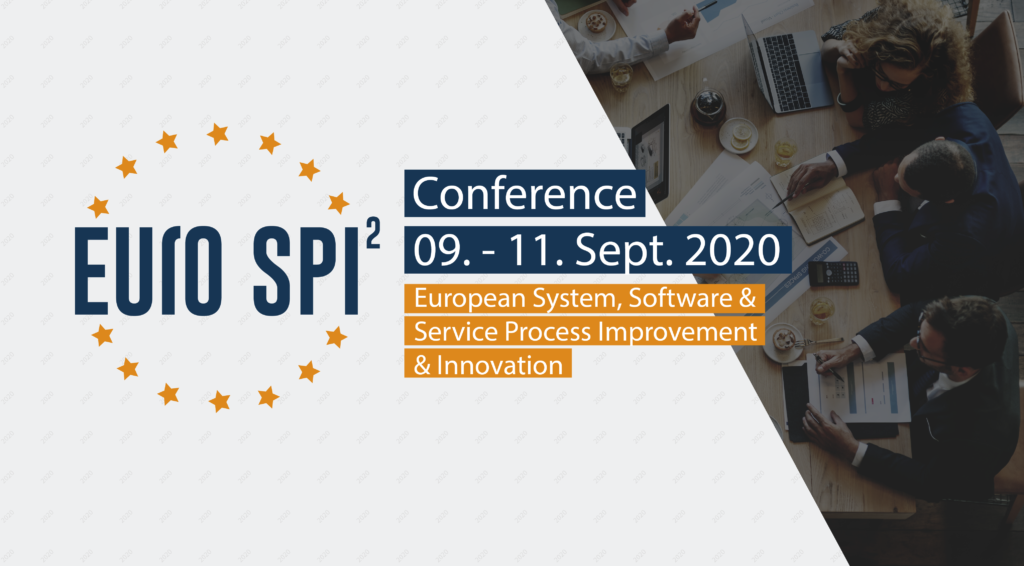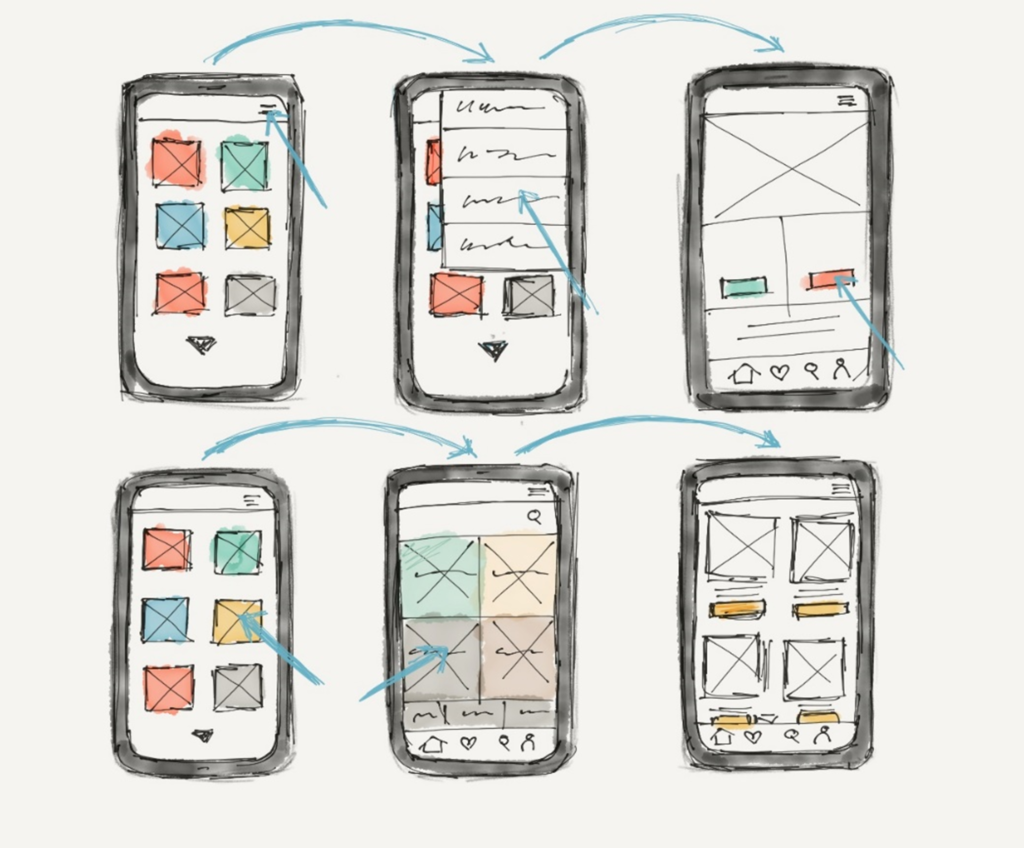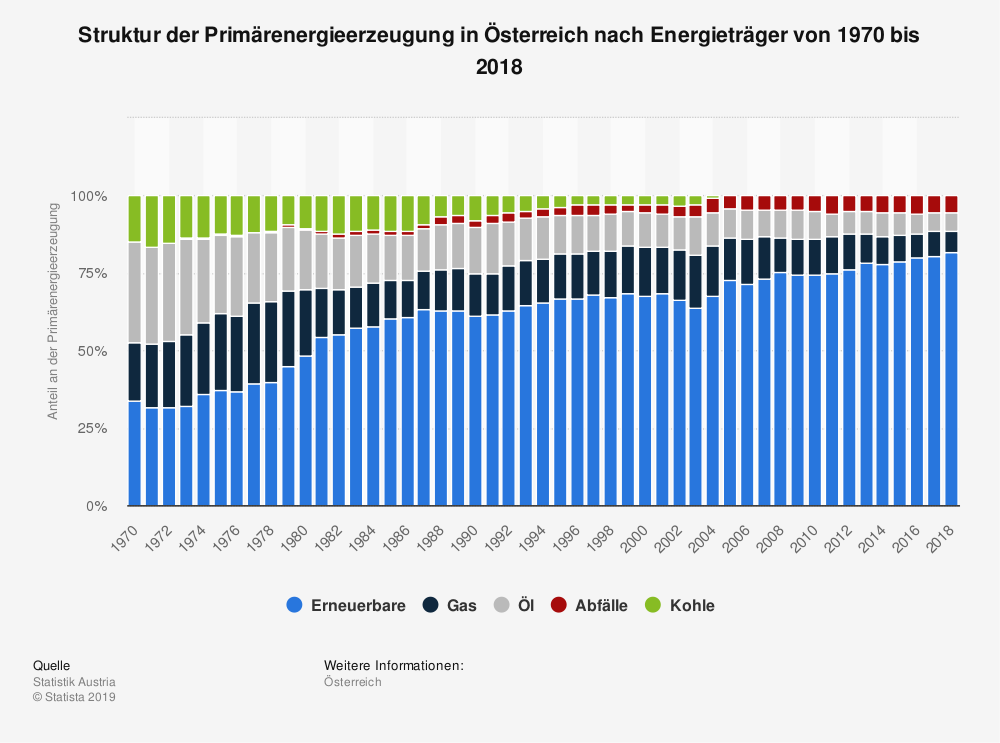Writing email has become easier due to automation. You can now send emails to the target group with content based on the subscribers’ preferences. With just one click you can send an email to thousands of people who should receive the information, which makes marketing an event a lot easier. Email marketing is still an important aspect of a digital marketing strategy because everybody has an email address, though not everybody is present on social media. When it comes to the business sector email is still the most common channel of communication. A study from 2019 shows that the amount of email users is significantly higher than those who use social media on a daily basis.

When sending an email it is important to focus not only on the content but also on the design. In digital marketing, an email should be just as well thought through as the design of the website. All visual elements should follow the corporate design of the company. The email should easily be recognisable as an email from the specific corporation or event. Usually, when you design an email there are three steps that you follow. You write a text, then you make an HTML and CSS design based on that and then you set a target group who will receive the email. It depends on the email client if the recipient gets the text version or the designed HTML and CSS version with the corporate design. Most email clients nowadays support HTML and CSS and can therefore display the email with the corporate design, but make sure that you still include the text-only version, so your target group will receive the information as well.
Sources: https://www.campaignmonitor.com/blog/email-marketing/2018/08/5-ways-to-use-email-in-your-next-digital-marketing-campaign/, https://www.campaignmonitor.com/blog/email-marketing/2019/06/why-email-should-be-cornerstone-for-digital-marketing-strategy/





